‘Melted’ sole and muscle cramps: How Malaysian pilgrims overcame adversity during one of history’s most scorching Haj
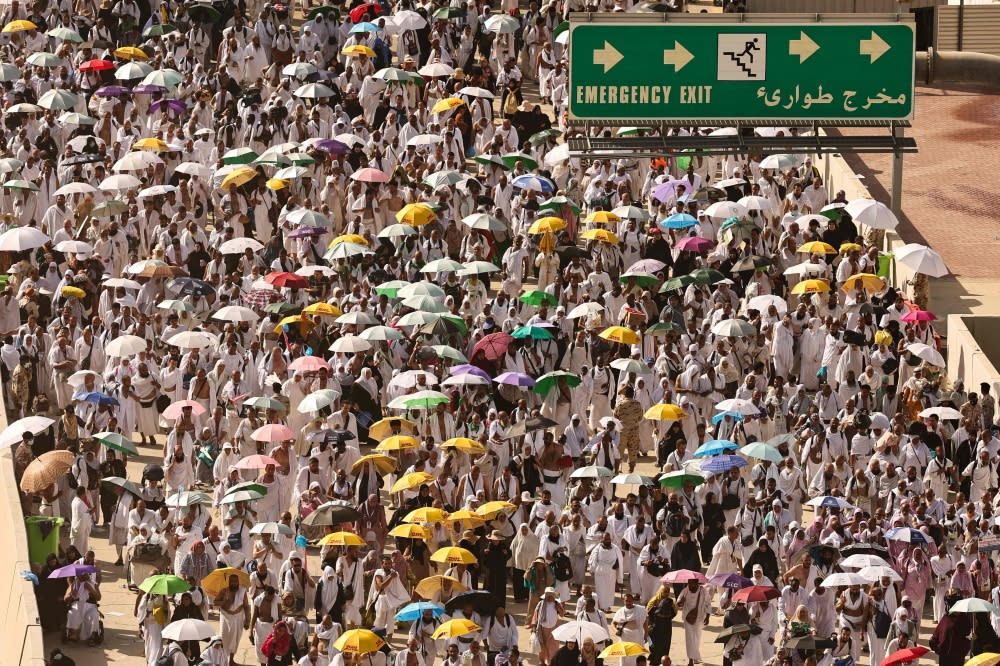
KUALA LUMPUR, July 4 — Azahari Othman said his footprints had literally “melted” during the recent Haj pilgrimage, as he suffered second-degree burns to his soles having walked barefoot on a scorching road.
The injury was so severe that the 57-year-old retiree was admitted to the Tabung Haji Medical Centre in Mecca for two days and one night.
“I arranged to meet my friends to collect my bags and sandals after Friday prayers. After prayers, I went to the meeting point where they were waiting across the road. It’s not a wide road, just about 80 metres to cross.
“Barefoot, I thought I could endure crossing the road in the heat. It was around 1pm, and the temperature was over 40°C, making the road temperature close to 50°C.
“I couldn’t reach the end of the road. My soles literally melted! I suffered second-degree burns to my feet and was admitted to the Tabung Haji hospital,” Azahari told Malay Mail while preparing to travel to Madina from Mecca before his flight home on July 5.
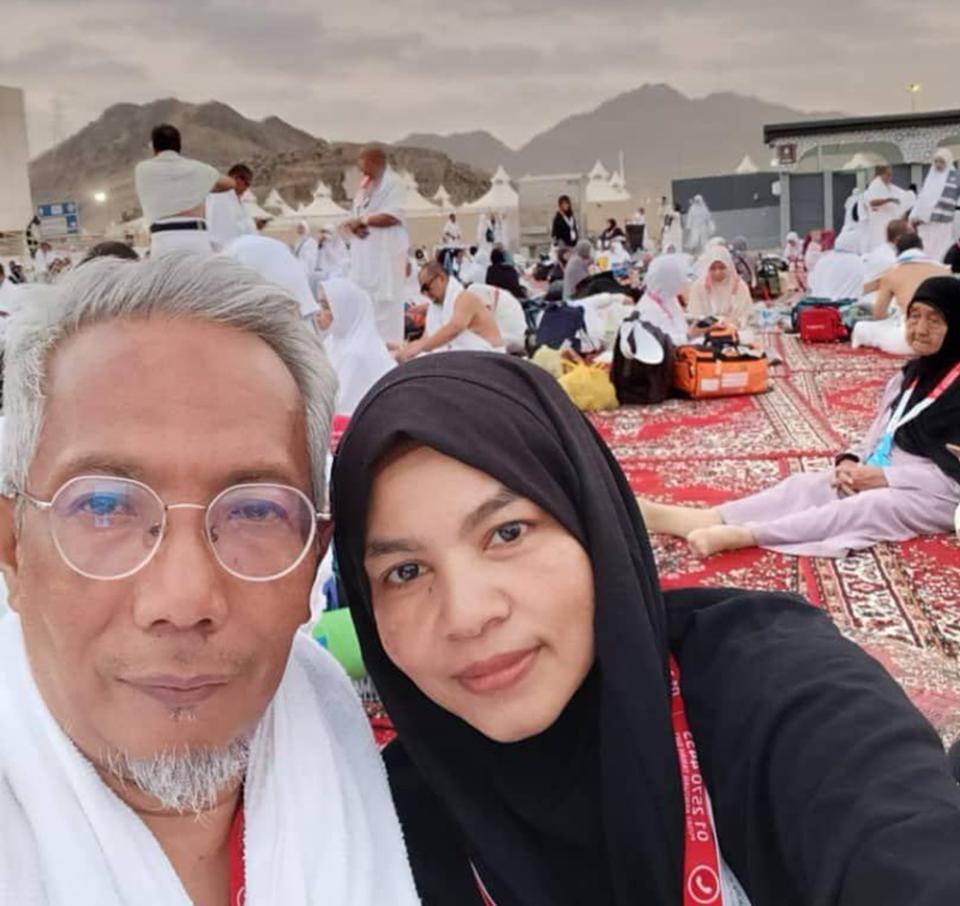
Azahari Othman and his wife. — Picture courtesy of Azahari Othman
Azahari was one of the 1.8 million Muslims worldwide who endured Saudi Arabia’s extreme heat during this year’s annual gathering, where temperatures soared to 52°C, according to AFP.
But the scorching weather did not stop Azahari and the 31,600 other Malaysian Haj pilgrims from completing one of the five pillars of Islam.
“Unlike back home, it’s hot and dry here. Even the breeze feels like being at the back of a bus with the engine running. As this is a physical ritual, you’re walking most of the time. So, you need to be fit.
“We managed to deal with it by listening to advice from Tabung Haji. Don’t expose yourself to the sun for too long. We did our tawaf at the Kaabah either at night or very early in the morning.
“During Wukuf at Arafah, we stayed under our tent until later in the afternoon. When the heat became bearable, we would go out and pray,” Azahari said, referring to the culmination of the Haj pilgrimage ritual.
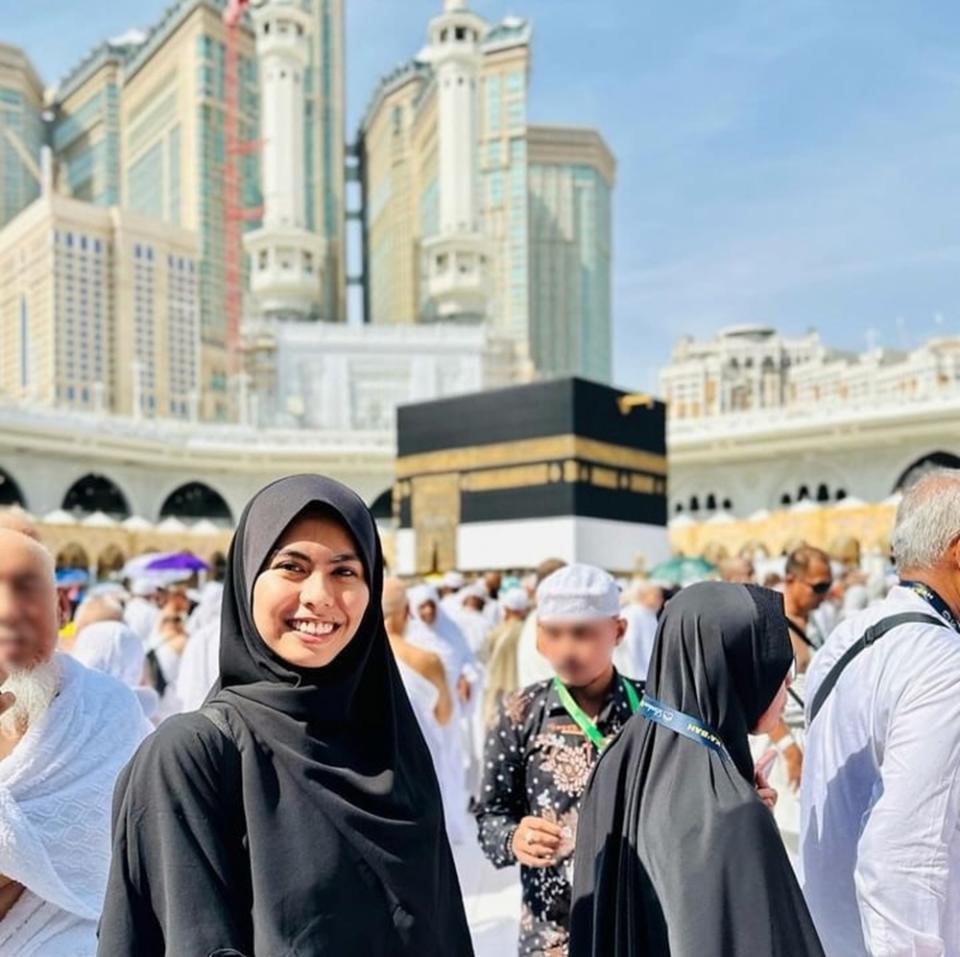
Iman said she fainted after suffering severe dehydration while waiting for a bus. — Picture courtesy of Iman Shahruddin
On the last day in Mina, one of several key places Haj pilgrims stay for a few nights, Iman Shahruddin, 26, fainted after suffering severe dehydration while waiting for a bus.
“We had to walk and wait by the roadside, carrying our belongings. I had a backpack on and, while waiting, I collapsed and couldn’t feel my body. Both my hands clenched into fists, and my entire body started cramping,” she said.
Fortunately for Iman, a fellow Malaysian pilgrim in her group, who is also a doctor, quickly provided immediate assistance.
“Many people helped massage my hands, legs and face, while others fed me food and water, and fanned me to cool down. A lady poured water all over my body to reduce my temperature, and a kind man gave his ihram cloth to cover me because I started shivering,” she said.
Iman described the extreme heat as being in front of an open fan oven anytime she went outside but remained strong most of the time to complete her spiritual journey.
Zanariah Kadir, 53, said Haj pilgrims were advised to avoid going out during the day, especially at noon.
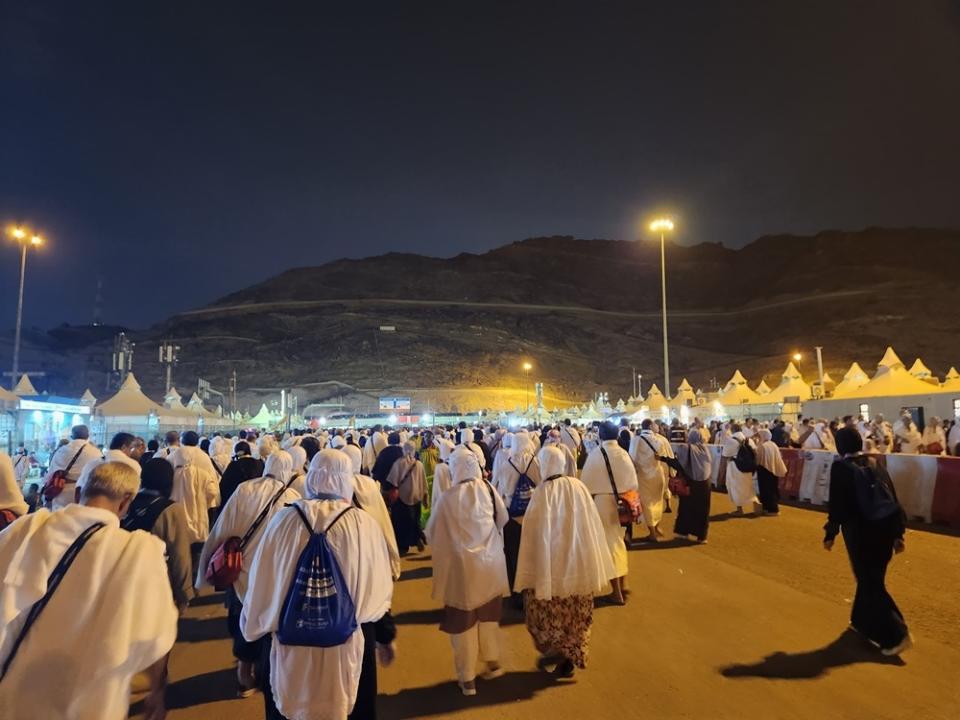
Zanariah Kadir said Haj pilgrims were advised to avoid going out during the day, especially at noon. — Picture courtesy of Zanariah Kadir
“The hottest time we experienced was during our stay in Arafah, Muzdalifah and Mina during Haj. The temperature there exceeded than 50°C. However, Alhamdulillah, Tabung Haji prepared our tents well.
“During Wukuf at midday, we were not allowed to go out because the heat was too intense, which could affect our health,” she said.
Zanariah and her group were advised to use wet towels, hats or umbrellas to protect themselves from the heat, even when going to the toilet.
For 30-year-old Siti Aisyah Mohd Khay, preparation was key. She brought hats, umbrellas and portable fans to Haj.
“When we arrived in Mecca, the guides constantly reminded us about the weather and advised us to drink plenty of water and plan our journeys to the mosque well.
“Alhamdulillah, I am quite young and healthy, so I could walk a bit faster to move around under the hot sun,” she said.
Despite the challenges, Siti Aisyah said her journey was made easier by God, as she was fortunate enough to pray in shaded areas and inside the mosque, where there is air conditioning.
Speaking to Malay Mail, Minister in the Prime Minister’s Department (Religious Affairs) Datuk Mohd Na’im Mokhtar said that as of June 25, 19 Malaysian pilgrims had died during this year’s Haj, but mainly due to heart disease.
“There were no casualties among Malaysian pilgrims caused by the extreme weather,” he said.
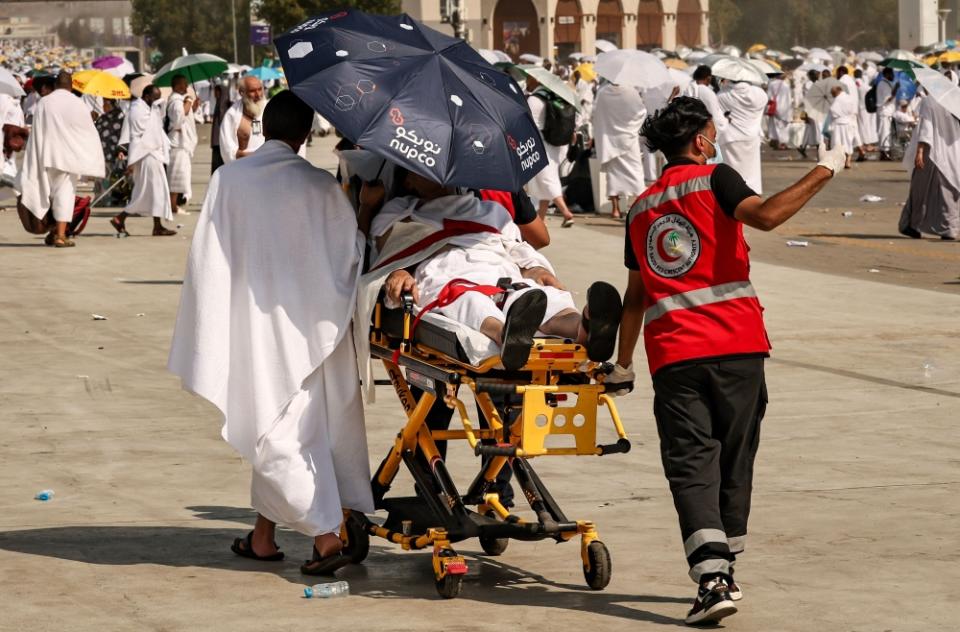
Last year, various countries reported more than 300 deaths during the haj, mostly Indonesians. — AFP pic
Every Haj season poses the usual challenge of hot weather, Mohd Na’im said, and it is not something new.
“All participating countries, including Malaysia, are well aware of it. Tabung Haji has and continues to prepare pilgrims by providing comprehensive guidelines and regular advice on how to cope with the heat, such as staying hydrated, seeking shaded areas, avoiding direct sunlight, or staying indoors to cool down. There was also additional air conditioning at our Mina camps,” he said.
Mohd Na’im said that due to these precautions and preparations, Malaysian pilgrims have maintained good health and successfully completed their Haj journey.
“This is a testament to the resilience and preparedness of our pilgrims,” he said.
He added that the Saudi Arabian government has also been proactive in addressing the weather conditions.
“Relevant government agencies repeatedly advise pilgrims to avoid outdoor activities during peak hours from 1pm to 3pm, use umbrellas regularly, and stay well-hydrated by drinking plenty of water.
“The government has also set up numerous water stations, misting poles, and cooling areas throughout the pilgrimage routes. These measures have significantly contributed towards combating the high temperatures,” he said.



